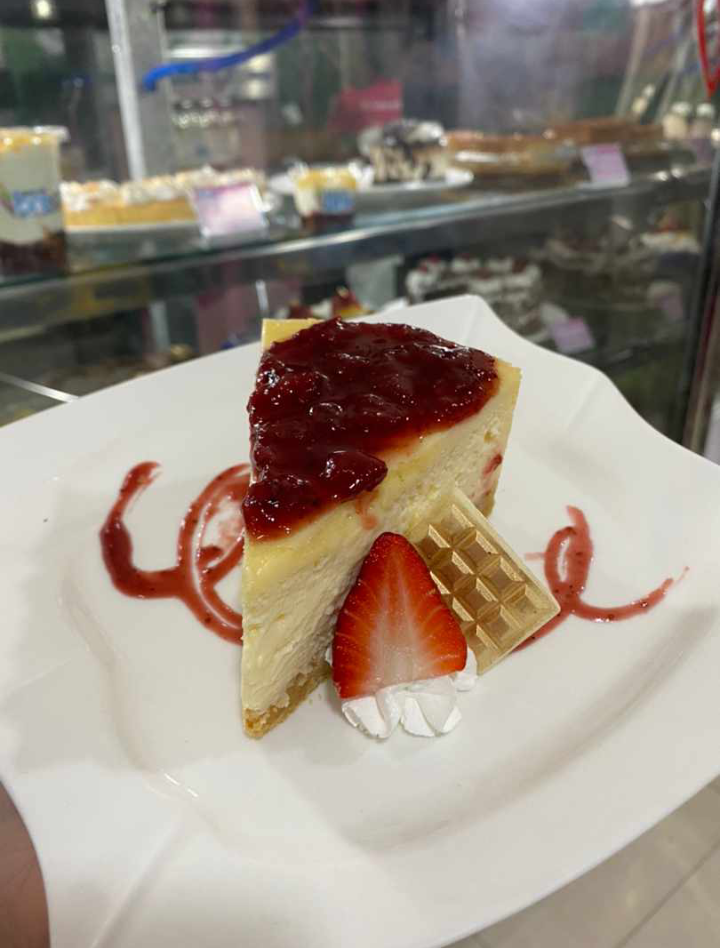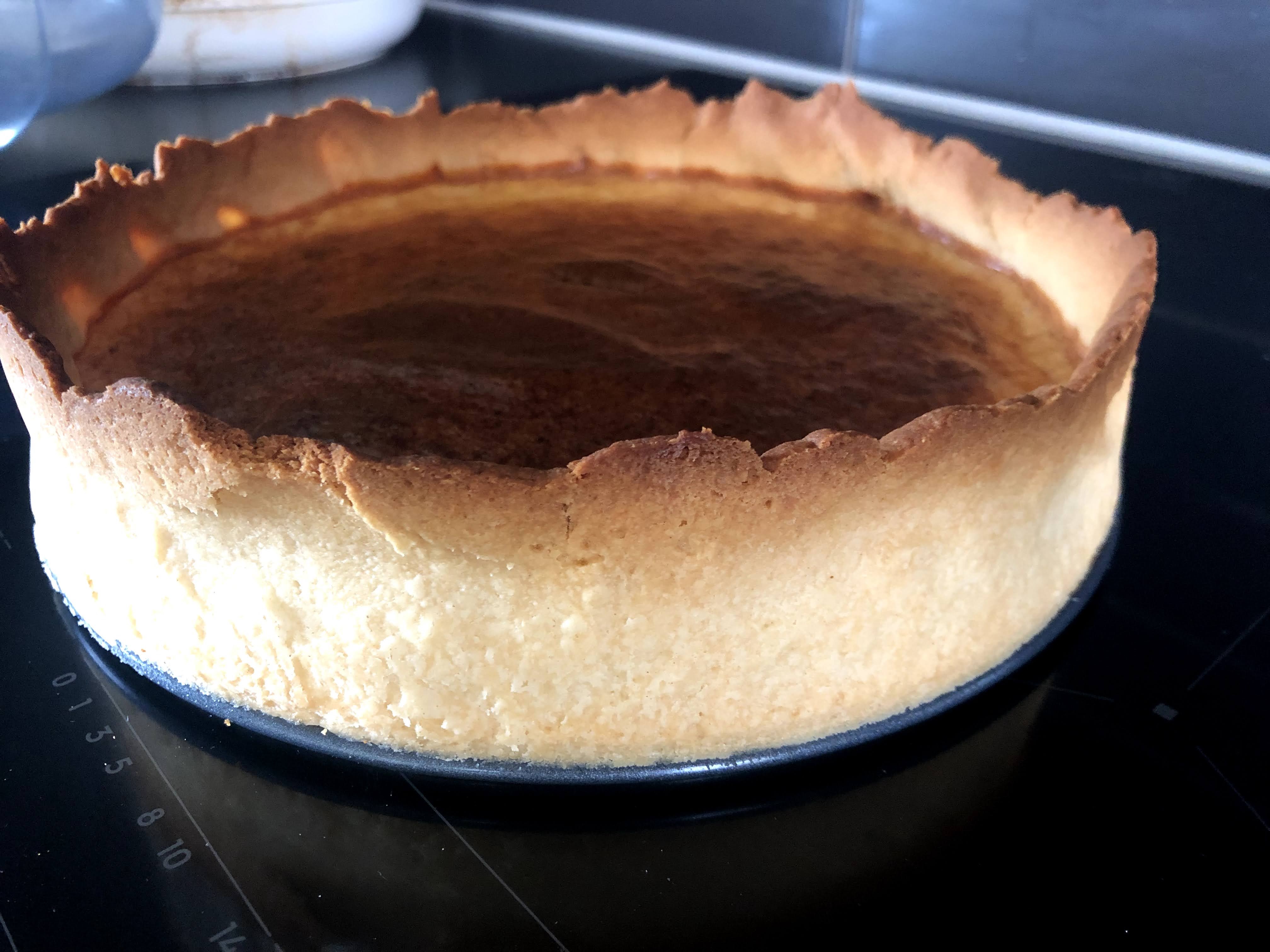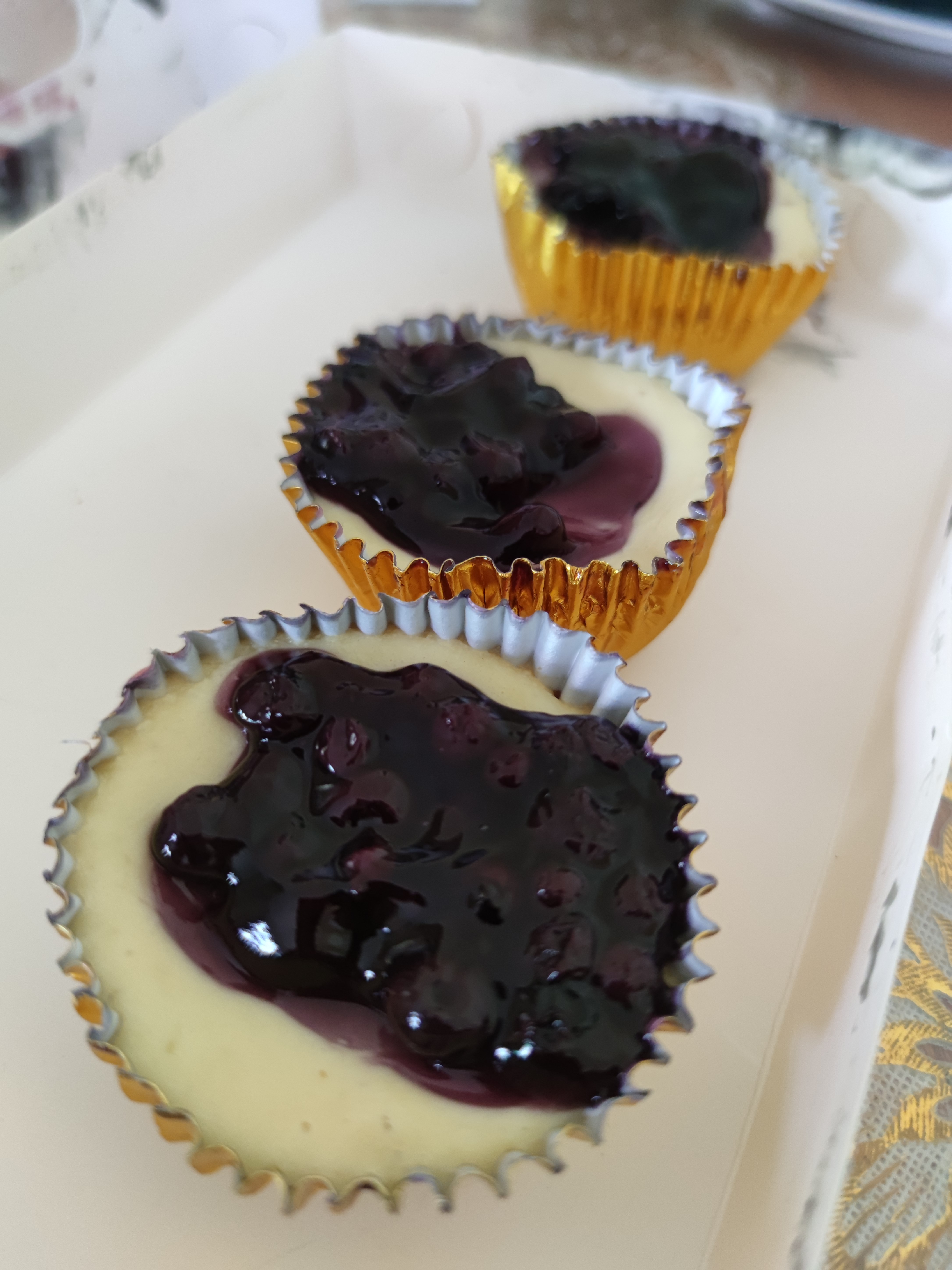Nobody is explaining just exactly what 3D printed food is made of. It must be graphene.
https://www.azom.com/article.aspx?ArticleID=21352
Department of Defense has been working to develop 3D-printed MREs (Meals Ready-to Eat)
https://www.usatoday.com/story/news/nation/2023/03/21/food-future-3-d-printed-cheesecake-dessert/11514028002/
https://www.azom.com/article.aspx?ArticleID=21352
Department of Defense has been working to develop 3D-printed MREs (Meals Ready-to Eat)
https://www.usatoday.com/story/news/nation/2023/03/21/food-future-3-d-printed-cheesecake-dessert/11514028002/
Nobody is explaining just exactly what 3D printed food is made of. It must be graphene.
https://www.azom.com/article.aspx?ArticleID=21352
Department of Defense has been working to develop 3D-printed MREs (Meals Ready-to Eat)
https://www.usatoday.com/story/news/nation/2023/03/21/food-future-3-d-printed-cheesecake-dessert/11514028002/











